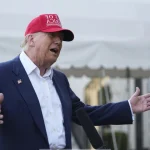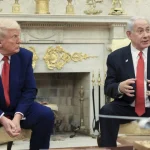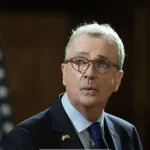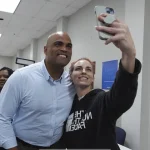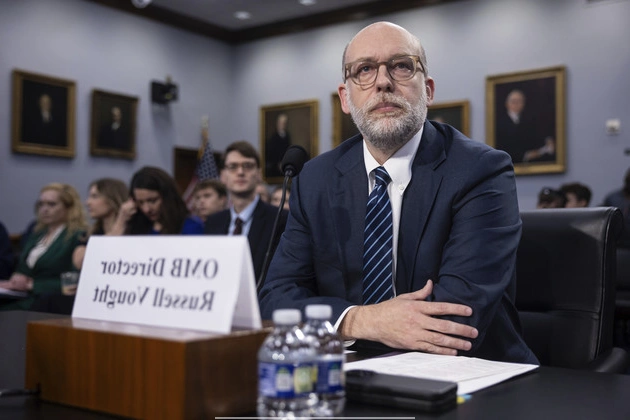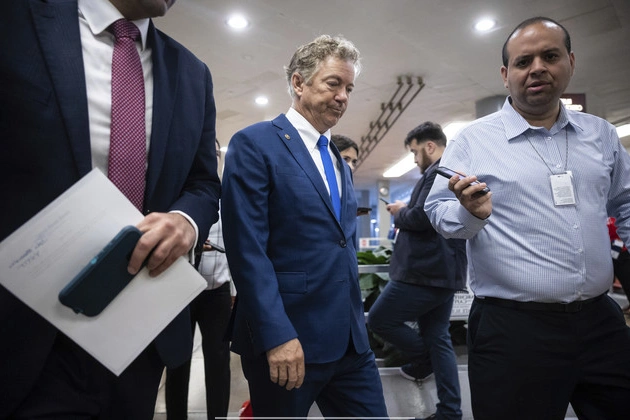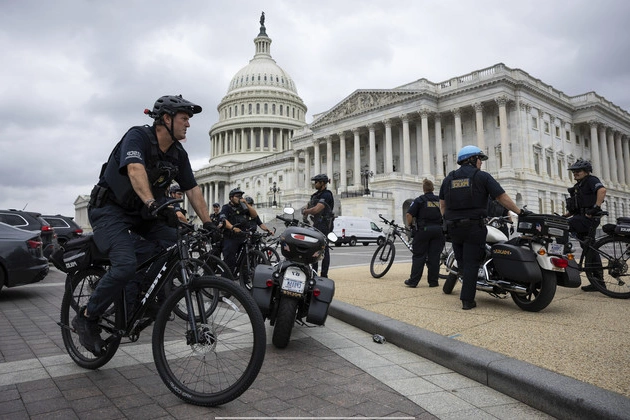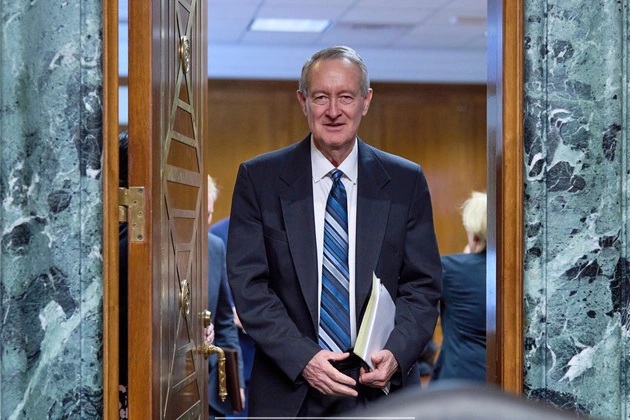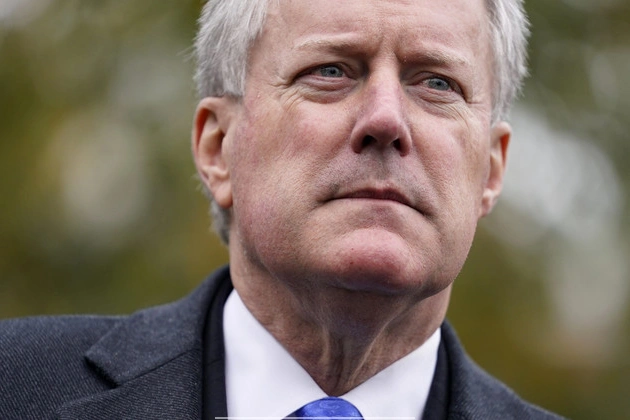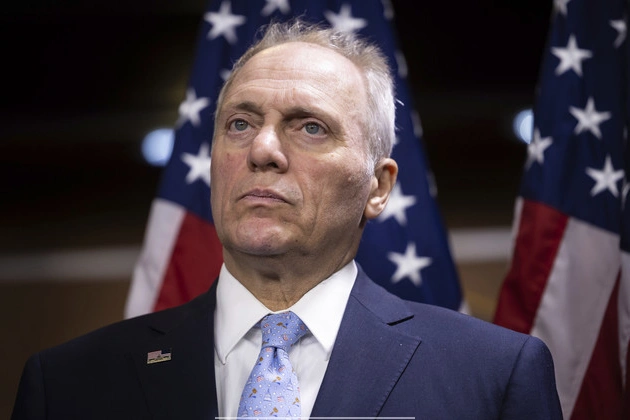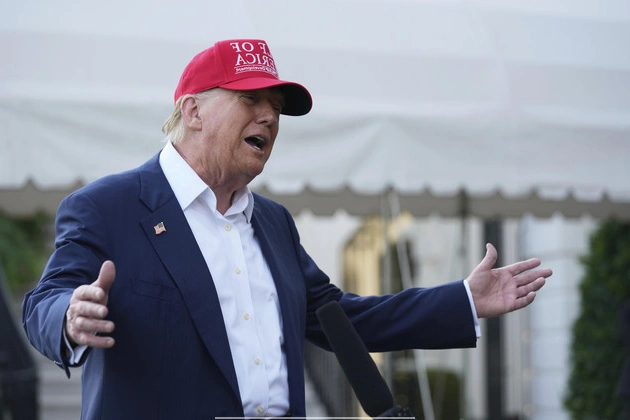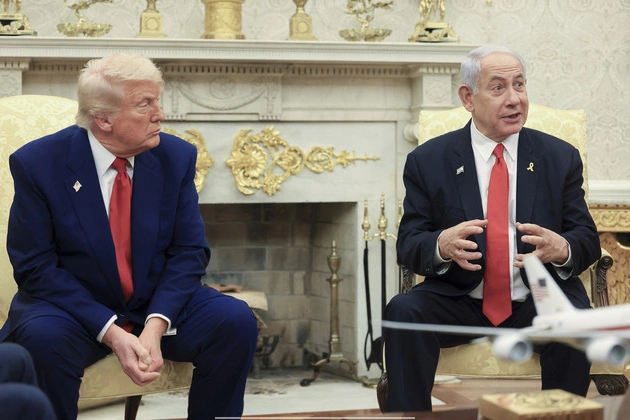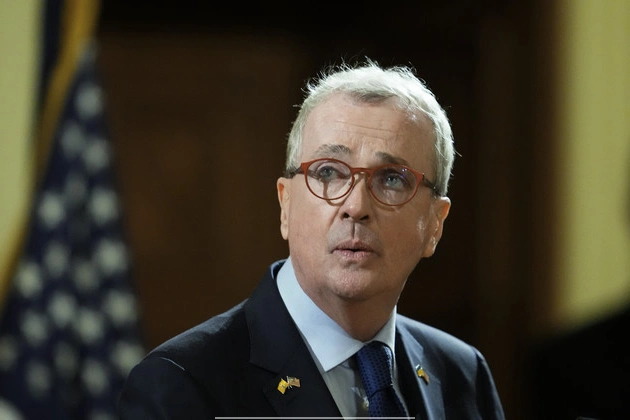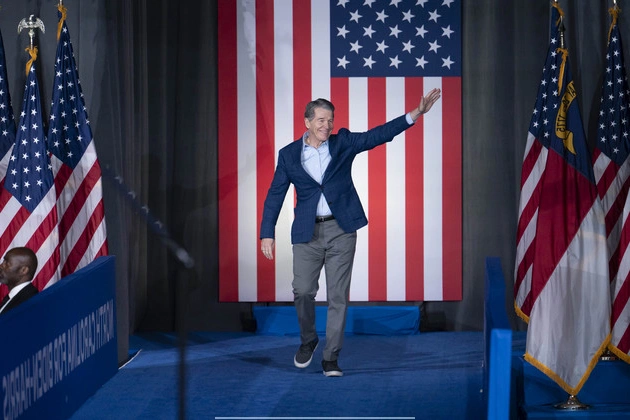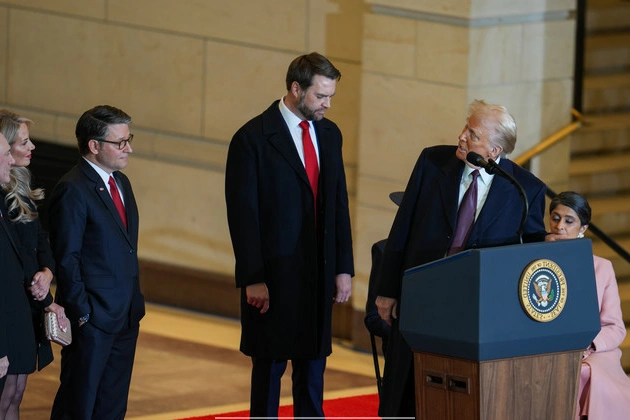
Trump Administration's Legislative Agenda and Negotiation Strategies
Reforming Legislative Approaches
President Donald Trump urged congressional leaders to consider recess appointments for key nominees and floated the idea of trading California wildfire aid for a debt limit increase during a recent White House meeting. These proposals, although controversial, highlight the administration’s determination to navigate legislative challenges.
Focus on Bipartisanship
Trump’s interest in using wildfire aid as a bargaining tool reflects a strategic approach to garner bipartisan support. By emphasizing the need for unity among Republicans, the administration aims to leverage its position in negotiations.
Policy Agenda Disputes
Discussions also touched on the GOP’s strategy dilemma – whether to consolidate the policy agenda into one comprehensive bill or pursue a two-bill approach. This divergence underscores the complexity of aligning House and Senate Republicans on legislative priorities.
Strategic Decision-Making
Trump’s preference for a singular bill underscores the administration’s inclination towards a streamlined legislative process. Despite differing opinions within the party, efforts are underway to reach consensus on crucial decisions regarding tax policy, debt limit negotiations, and government funding.
Looking Ahead
As the administration navigates key legislative battles, the focus remains on securing Trump’s approval on pivotal issues. By involving the president in decision-making, GOP leaders seek to streamline the legislative process and address internal party divisions effectively.
